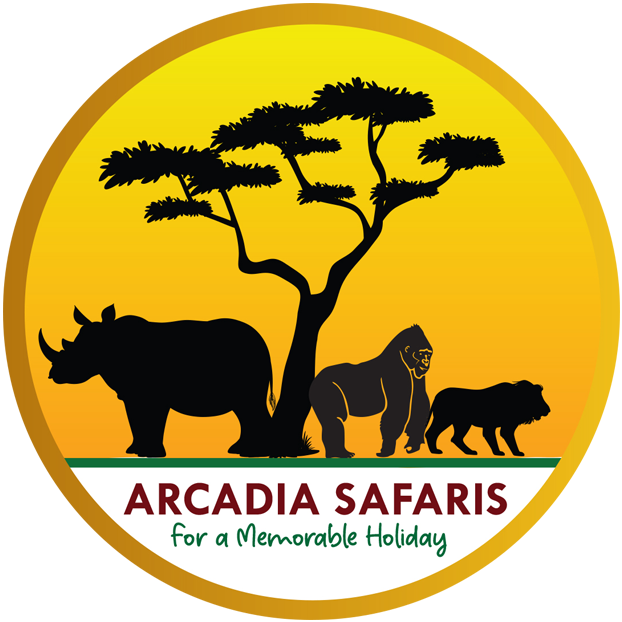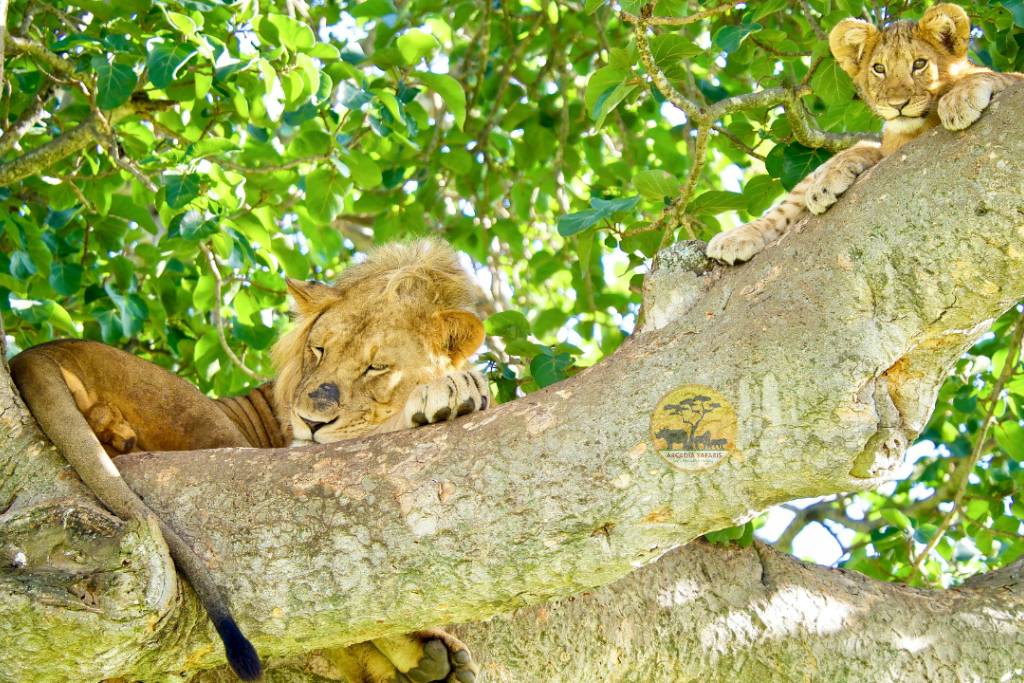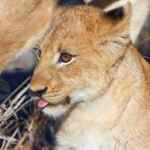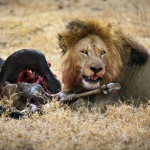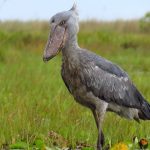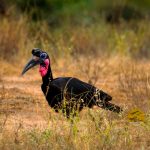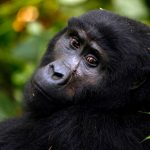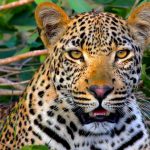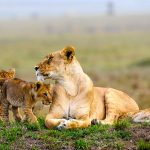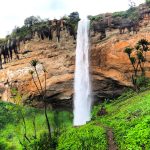Queen Elizabeth National Park: Uganda’s Wildlife Wonder.
Located in southwestern Uganda in districts of Kasese, Kamwenge, Bushenyi and Rukungiri, Queen Elizabeth National Park is one of the most renowned national parks in the country, comprising a mosaic of different landscapes, rich biodiversity, and special features; The park’s interesting history, spectacular scenery, and reputation for first-class safaris guarantee that time spent there will create lifelong memories of Uganda’s natural wonders. The following provides more detailed information on what makes Queen Elizabeth National Park a definite destination.
History of Queen Elizabeth National Park.
Initially known as Kazinga National Park in 1952, it was later renamed in 1954 to Queen Elizabeth National Park in honor of Queen Elizabeth II, who had visited Uganda; Communities and small tribes once settled in the area, but over time, it developed into a conservation area and a haven for wild animals; Today, it stands to testify to Uganda’s commitment to conserving its natural heritage and is one of the oldest and most popular national parks in Uganda; It was also one of the first parks in the world to be designated a biosphere reserve by UNESCO in 1979, emphasizing its ecological significance.
Location and Size of Queen Elizabeth NP.
Queen Elizabeth National Park is about 400 kilometers southwest of the capital of Uganda, Kampala. It is roughly 1,978 square kilometers, approximately 764 square miles in area. The Park is placed between the Rwenzori Mountains to the north and Lake Edward to the south, putting it in a prime location for differing ecosystems such as savannas, wetlands, and tropical forests; This park’s geographical position allows one to have great views of the surrounding mountains and lakes, creating an excellent backdrop for wildlife viewing.
Why Should One Visit Queen Elizabeth NP?
Queen Elizabeth National Park is famous for its unique diversity of wildlife, with over 95 different species of mammals and upwards of 600 species of birds; Varied ecosystems, which range from open savannah to dense forests, make this park one that will be explored by anyone who loves both nature and adventure. The visitors can view close encounters with elephants, lions, hippos, and several bird species, including the shoebill stork.

Wildlife and Attractions in Queen Elizabeth NP.
Queen Elizabeth National Park is habitat to more than 95 species of mammals and about 600 species of birds, hence being one of the hotspots for wildlife lovers. Some key highlights include:
Mammals: It is famous for unique wildlife like lions, leopards, elephants, buffalos, hippos, and different species of antelopes.
Birdlife: For the birdwatchers, there is a chance to see an African fish eagle, shoebill stork, among other bird species numbering over 600.
Tree-Climbing Lions: For its unique population of tree-climbing lions, the Ishasha sector of this park is highly famous, normally seen spending their time lounging in the branches of fig trees.
Attractions in Queen Elizabeth National Park.
Kazinga Channel: It is a natural channel connecting Lake Edward with Lake George. The channel is a hotbed of birdwatching and wild animal views, inclusive of large herds of hippos and buffalo.
Maramagambo Forest: This dense forest accommodates a variety of primate species such as black-and-white colobus monkeys and chimpanzees among others. It also contains a number of bird species and butterflies.
Kasenyi Plains: Known to host considerable numbers of Uganda kob, Kasenyi Plains forms a perfect game drive area and lion viewing spot. This offers perfect spotting of various wildlife, like elephants, buffaloes, and a number of bird species to offer complete safari.
Mweya Peninsula: This peninsula overlooks the Kazinga Channel and is a breeding ground for picturesque sceneries; it usually serves as a takeoff point for boat cruises; It is one of the most popular areas in the park with regard to activities and accommodations because here, the visitor will see various animals up close, such as hippos, crocodiles, elephants, and a host of other wild birds.
Kyambura Gorge: Kyambura Gorge, or what is known as the “Valley of Apes,” is a forested canyon. It is a peculiar place in Queen Elizabeth National Park for trekking chimpanzees. It offers an opportunity to view chimps, other primate species, and a good number of bird species in such an impressive setting.
![]()
Things to Do in Queen Elizabeth NP.
Among the things that a visitor to Queen Elizabeth National Park could do are the following.
Game Drive.
Game drives are one of the most exciting methods that one could navigate through the diverse Queen Elizabeth National Park. Some common animals very visible early in the morning and late afternoon include elephants, buffaloes, Uganda kobs, and the Ishasha sector’s famous tree-climbing lions. The Kasenyi Plains area is very popular for lion viewing, preying on antelope herds, making for dramatic photo opportunities.
Kazinga Channel Boat Safaris.
A boat safari in the Kazinga Channel offers great sightings of hippos, Nile crocodiles, and several species of birds, such as the African fish eagle. Visitors can also view the elephants and buffaloes congregating on the banks as the boat cruises along. In sum, this two-hour gentle cruise commences from the Mweya Peninsula and offers visitors a particular aspect of the park’s aquatic and land wild life.
Kyambura Gorge Chimpanzee Tracking.
Chimpanzee tracking in Kyambura Gorge, also termed the “Valley of Apes,” cannot be found anywhere else in the world. The forested gorge has a thin population of wild chimpanzees, and the trek allows visitors to see them in their natural habitat, together with other primates and birds. This is a specialized primate adventure set in an absolutely beautiful environment.
Birdwatching.
Such is Queen Elizabeth NP, a haven for birdwatchers with over 600 species of birds on record. The park’s diverse habitats-from savannahs and wetlands to forests-are the reasons that attract such a great variety of birds throughout the year. Notable species include the African fish eagle, shoebill stork, and papyrus gonolek. Birdwatching pays off with a big dividend for both novice and seasoned enthusiast with either game drives or boat safaris, or in dedicated birds’ walking.
Nature Walks.
Nature walks are guided and offer the best opportunity for foot travel in the park, thus being wholly engrossed in nature. These take you through a number of varied habitats, which offer chances to see the smaller wildlife, unique plant species, and learn about the ecosystem from knowledgeable guides; Walking safaris are available in places like Mweya Peninsula and Kyambura Gorge to offer varied perspectives on the beauty of the park.
Cultural Encounters.
Queen Elizabeth NP portrays an intense cultural feeling through interaction with the neighboring communities. Community tours, visits to local villages, and the traditional life styles of the Bakonzo, among other ethnic groups, present an opportunity that should not be missed; Cultural encounters range from traditional dances and cooking classes to craft-making, hence giving a greater insight into the history of this region.
Ishasha Sector Tree-Climbing Lion Tracking.
The Ishasha sector is most famous for its tree-climbing lions that can often be found lazily hanging around in the branches of a fig tree. Specialized safaris for tracking can be made to increase the chances of viewing such magnificent lions. Not only does it showcase the biodiversity of the park, but it is an adventurous activity which all wildlife lovers dream of.
Katwe Salt Lake Visit.
Visiting Katwe Salt Lake gives an interesting insight into the conventional way of salt mining. It avails an opportunity to see local salt harvesters in action and the significance of salt production in the region. Various bird species can be accommodated in the area, especially during the migration periods, turning the place into a double attraction for culture and bird watching.
Night Game Drives.
Night game drives offer a completely different perspective on wild life. Clients will see nocturnal animals such as bush babies, leopards, and different owl species. Using spotlights, these drives are an exciting way to do some game viewing of the park’s wildlife in a totally different light.
Photography.
With the scenic beauty and ample biodiversity that Queen Elizabeth NP has, it is a photographer’s dream from the dramatic views across the Mweya Peninsula, the breathtaking sunsets over the Kazinga Channel to close-ups during game drives; an eternity of photo opportunities is actually at hand.
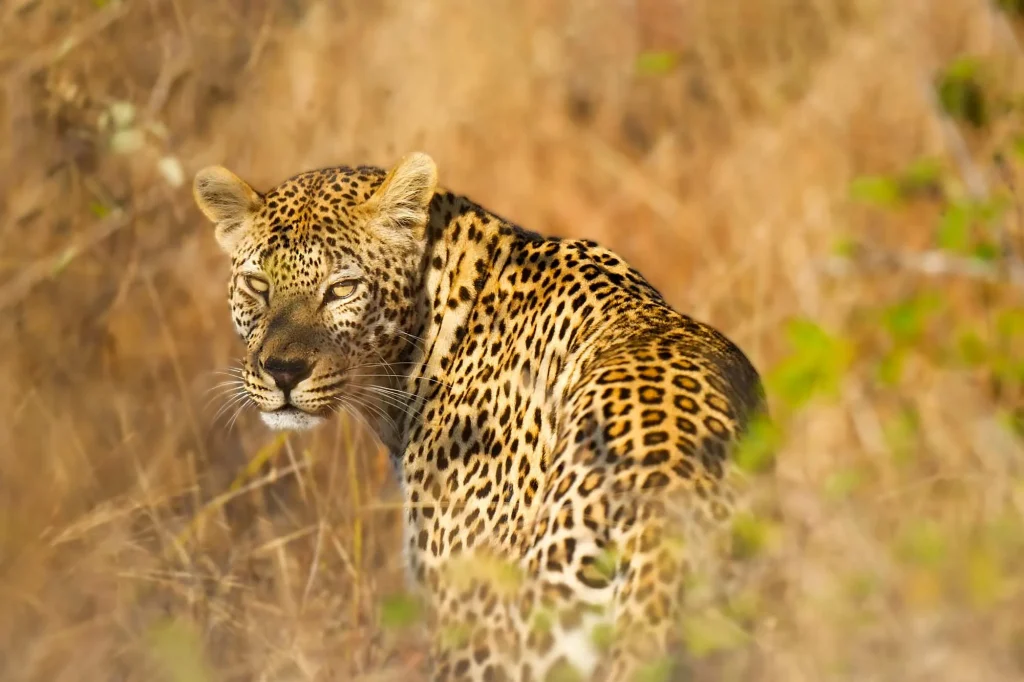
Queen Elizabeth National Park Fees.
The fees levied are related to the kind of activity, residence status, and time factor:
Entry Fees:
- Foreign Non-Residents: Adults $40 Children $20 per person per day
- Foreign Residents: Adults $30 Children $10 per person per day
- Rest of Africa: Adults $25 Children $5 per person per day
- East African Citizens: Adults UGX 20,000 Children UGX 5,000 per person per day
- Ugandan Pupils/Students UGX 3,000 per person per day
- Ugandan Tertiary/Universities UGX 5,000 per person per day
Activity Fees:
- Guided Game Drives: Foreign Nonresidents $25, Foreign residents $20, East Africa Citizens UGX 25,000
- Chimpanzee trekking: Foreign Nonresidents $100, Foreign residents $80, East Africa Citizens UGX 50,000
- Birdwatching and Nature Walks: Foreign Nonresidents $25, Foreign residents $20, East Africa Citizens UGX 20,000
- Boat safaris: approximately $30 FNR, $25 FR and UGX 30,000 EAC per person – subject to tour operator
These charges form part of the parks’ conservation and maintenance.
Queen Elizabeth National Park Regulations.
Basic Regulations in Queen Elizabeth National Park for Wildlife and Visitor Safety.
- Do not litter; always leave the park clean.
- View animals from a distance so as not to disrupt their lives, and never feed or approach them.
- Keep on designated routes-game drives must be on recognized tracks to avoid high environmental impact.
- Follow Guide Instructions: Guides are informed about the animals and how to handle any situation that might come up for your safety; follow their instructions.

When to Go to Queen Elizabeth NP.
The best times to visit Queen Elizabeth National Park are the dry seasons-from December to February and from June to September. In these months, wildlife is most active, and game drives are more rewarding since the vegetation cover is thinner.
What to Bring in Queen Elizabeth NP.
The following is what you need to pack when heading for Queen Elizabeth National Park:
Clothing: Light clothes of neutral colors, a wide-brimmed hat for sun protection, and a light jacket for cooler evenings.
Footwear: Comfortable hiking boots or tough shoes that can be used for walking safaris.
Binoculars and Camera: Very important for any wildlife viewing and taking amazing scenery photos.
Sunscreen and Insect Repellent: For protection against the sun and insects.
Personal Effects: These include a first-aid kit, water bottle, and any medications one may require.
How to Get There: Queen Elizabeth NP.
Queen Elizabeth National Park can be accessed on both road and air means.
By Road: Queen Elizabeth National Park is about 410 kilometers from Kampala, the capital city of Uganda, and takes about 7 to 8 hours by car. Some tour operators will always arrange for this.
By Air: The park has several airstrips with charter flights operating from Entebbe International Airport to Kasese or Mweya airstrip.
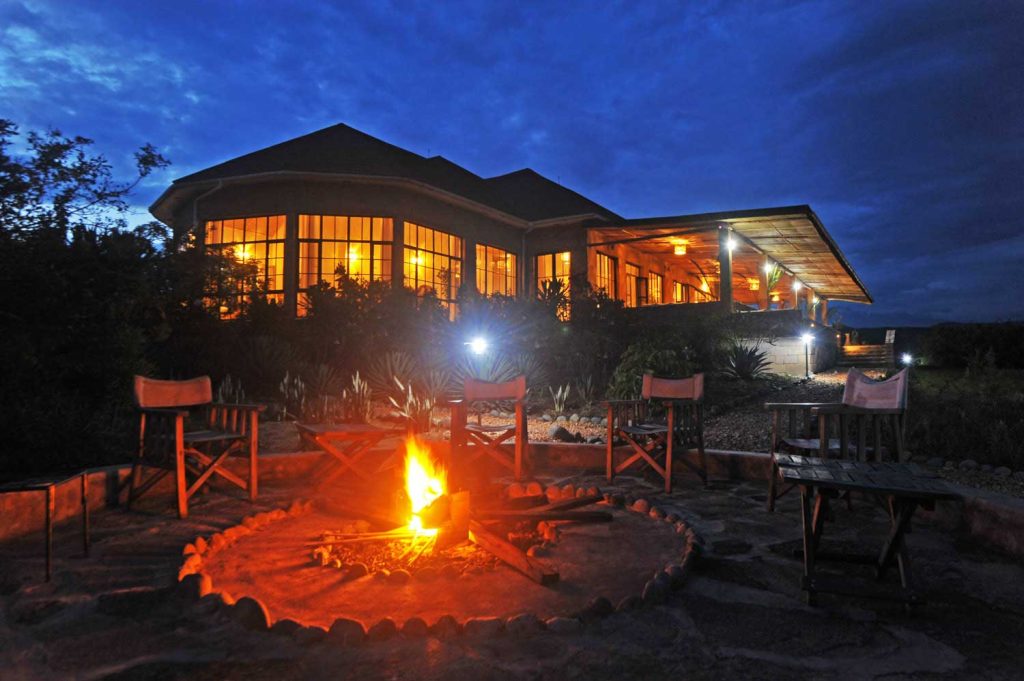
Where to Stay in Queen Elizabeth NP.
Queen Elizabeth National Park lodges run a wide gamut of budgets and tastes. From Luxury, Mid-Range and Budget accommodation facilities and below are some of them:
Luxury Lodges.
Mweya Safari Lodge: This lodge enjoys an excellent view over the Kazinga Channel on the Mweya Peninsula. The lodge has spacious rooms, a swimming pool facility, and is conveniently accessible to all activities, including the boat cruises and game drives.
Katara Lodge: Located on a hill, Katara Lodge boasts a magnificent panorama, beautifully appointed luxury accommodation, a swimming pool, and fine dining-all combining for a restful retreat.
Elephant Plains Lodge: This luxurious tented camp has en-suite facilities and gives just the perfect touch of comfort, paradoxically, with a little rustic flavor to them. It boasts very good game viewing and personalized service for an unforgettable safari experience.
Mid-range Lodges.
Ishasha Wilderness Camp: This tented camp is located in the Ishasha sector and is actually set on the Ntungwe River. The camp provides luxury tents that are en-suite with good dining and viewing of tree-climbing lions.
Kyambura Gorge Lodge: Located near the chimpanzee trekking area, this lodge offers comfort and sustainability combined with charming cottages and guided nature walks.
Budget Accommodations.
Camping Sites: The park provides officially recognized campsites for the more adventurous traveler, a very basic setting to be one with nature.
Bush Lodge: This is a budget category offering spacious tents in a private concession area and guided activities.
Community-Based Lodges.
Rwenzori View Guesthouse: A guesthouse that is outside the park but offers good accommodation with excellent views and an opportunity for cultural experience.
Enganzi Game Lodge: Situated a few kilometers outside the park, Enganzi offers affordable lodging in a very fine sceneries and can organize activities for the guests around the park.
These top of the range to low-class accommodation provides an appropriate base to tour Queen Elizabeth National Park.
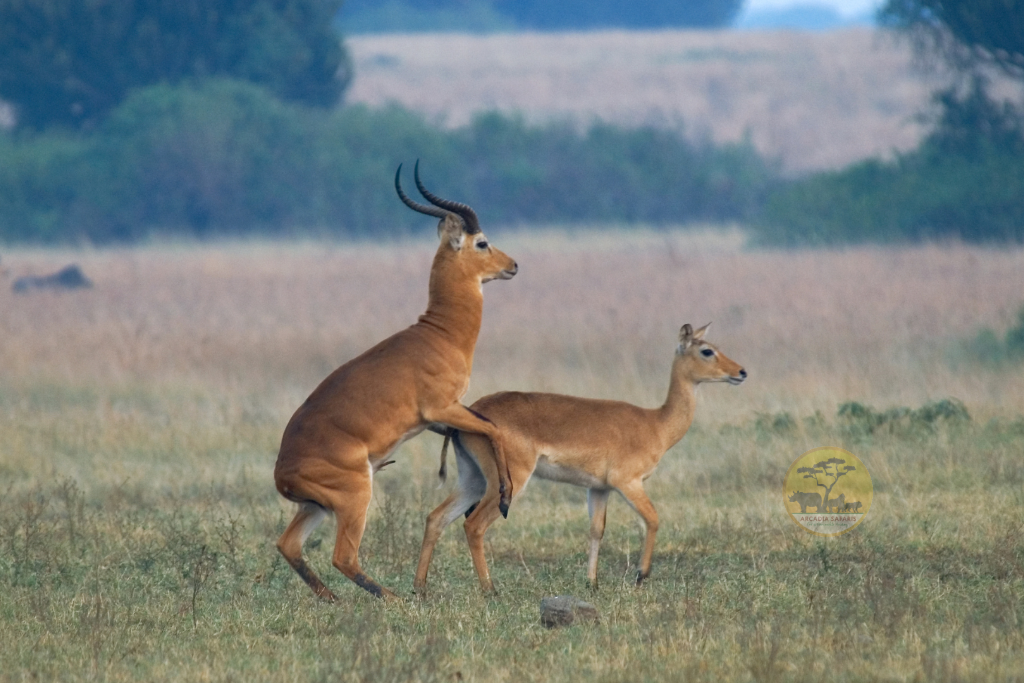
Conservation Efforts Queen Elizabeth NP.
Queen Elizabeth National Park engages in numerous activities ranging from anti-poaching patrols, community-based eco-tourism, to jointly working with organisations concerned with conservation of wild life and its habitat restoration.
Remarks on Queen Elizabeth National Park.
Queen Elizabeth National Park is one of the most unique places in the world, boasting a perfect combination of thrilling adventure, viewing different wild lives, and rich cultural experiences; It has consistently ranked as one of the top destinations for travelers to explore Uganda’s natural beauty, from its beautiful landscape to different types of ecosystems and conservation; It guarantees lifetime memories-whether it is a game drive filled with thrill and excitement, a silent boat safari, or learning about the culture of the locals.
Allow yourself to think of the rich history, teeming wildlife, and the experience that awaits you in this Area of Outstanding Natural Beauty as you plan your visit to this part of Uganda. Book your safari with reliable operators like Arcadia Safaris for a smooth and enriching experience in this iconic park.
